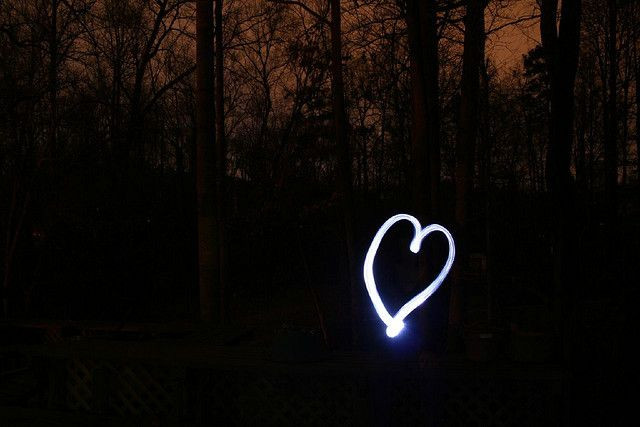How Our Heartbeats Allow Us To Understand, Experience Ourselves

The diverse literary and religious iconicity of the human heart bespeaks a universal fascination that dates back millennia.
For most of us, the heart conjures human vitality in a way that no other organs do. But why do we assign this existential primacy to a single organ? Is there a scientific reason the heart trumps livers, kidneys, and lungs?
The answer may be yes.
A new study to be published in Psychological Science later this year suggests that the inner rhythm of our heartbeat determines how we experience the body, and what belongs to it. It would appear that self-consciousness is not an aggregate of external stimuli, but rather a type of duality involving an awareness of the outside as well as the inside.
Our heartbeat ensures this internal awareness, creating a “link” between the body and the perceiving mind.
"The relevance of internal organs for identifying the self was determined over a decade ago," said researcher Olaf Blanke of Ecole Polytechnique Fédérale de Lausanne (EPFL). "What is new about our approach and findings is that these internal signals are integrated with signals from the eyes."
If that sounds too abstract, find a mirror. To our eyes, the person in the mirror shouldn’t differ from the one standing before it; however, we can easily distinguish between the two. That is because the brain processes these images in different ways, separating the self from the non-self. To claim ownership over the right self, the brain relies on our heartbeat.
Together, perception and internal rhythm help us locate and experience ourselves.
To investigate this, the researchers enrolled seventeen people in an experiment. The subjects were outfitted with electrocardiogram sensors monitoring their heartbeat, and given virtual reality glasses that projected a real-time simulation of their own body a few feet in front of them. A bright, pulsating silhouette synchronized with their heartbeat was then layered onto the projection.
"When human subjects viewed a visualization of their heartbeat on a virtual body, it felt more like their own body," said coauthor Jane Aspell. "It also caused them to feel that their self was located outside of their own body, nearer to where the virtual double was seen.”
“This study is the first to show that visual signals carrying information about the internal state of the body, the heartbeat, can be used to change how people experience their own body and self," she added.
Home is where the heart is.



























